|
No |
Title and Author |
Page |
|
1 |
Application of MNDWI index for flood damage area calculation in Lam river basin using google earth engine platform Ngoc Minh Trinh1* 1 Faculty of Hydrology, Meteorology and Oceanography, Vietnam National University - Hanoi University of Science; trinhminhngoc@hus.edu.vn *Corresponding author: trinhminhngoc@hus.edu.vn; Tel.: +84–966610784 Abstracts: Floods, as natural occurrences, often result in significant impacts on human life. The construction of flood maps plays a crucial role in devising appropriate strategies to mitigate the adverse effects of floods. In recent decades, there has been notable attention towards flood mapping methods utilizing remote sensing images. This paper introduces a methodology for generating an inundation map for rainy season and river network. To achieve this objective, we investigated the use of the recently developed Modified Normalized Difference Water Index (MNDWI) within the Google Earth Engine platform for extracting surface water. The study yielded flood maps extracted with considerable precision, facilitating the calculation and analysis of flood extents within the study area. Keywords: Flood damage; Sentinel–2; Google earth engine. |
1 |
|
2 |
Analytical methods used in microplastics identification: A review Huynh Phu1, Huynh Thi Ngoc Han2*, Tran Ngoc Nu3 1 HUTECH University; Hutech University of Applied Sciences; h.phu@hutech.edu.vn 2 Hochiminh City University of Natural Resources and Environment; htnhan_ctn@hcmunre.edu.vn 3 Institute for Environment and Circular Economy Southern; tngocnu043@gmail.com *Corresponding author: htnhan_ctn@hcmunre.edu.vn; Tel.: +84–975397953 Abstracts: Microplastic research plays a crucial role in identifying microplastic polymers. Scientists use different methods such as Flame tests, Differential thermal scanning, Thermogravimetric analysis, and Infrared spectroscopy to accomplish this. The objective of this study incluce: (i) Firstly, it aims to summarize recent research trends on techniques for determining polymer types in various environments. It provides an overview of each technique and compares their strengths and limitations. (ii) Secondly, it determines the types of microplastics in surface water samples in the Saigon - Dong Nai River basin, during the period 2023. The Fourier transform infrared spectroscopy (FTIR) technique is applied according to the total attenuation method (ATR-FTIR). The study shows that it is possible to quantify and classify microplastics by manual observation or through observation or microscopy. However, determining the type of polymer is almost impossible. To overcome this limitation, scientists use a combination of physical (e.g., light microscopy, magnifying microscopy), chemical (e.g., spectroscopy), and thermal analysis techniques. The study results reveal that there are more than 60 types of microplastics present in the main water supply for daily drinking and drinking purposes of the people of Ho Chi Minh City and neighboring provinces. It provides a foundation for river basin water resource managers to propose appropriate water resource management measures and programs during the process of water exploitation and use in the area. Keywords: Identification of microplastics; Microplastic analysis methods; Microplastics in surface water; Microplastics; Saigon River - Dong Nai. |
12 |
|
3 |
Estimation of the virtual water trade of agricultural products between Vietnam and China Huong Nguyen Thi Thu1*, Thu Pham Anh1, Thao Vu Thi Ngoc1 1 Department of Environmental Science and Technology, School of Chemistry and Life Sciences, Hanoi University of Science and Technology; huong.nguyenthithu4@hust.edu.vn; thu.pa193452@sis.hust.edu.vn; thao.vtn193450@sis.hust.edu.vn *Corresponding author: huong.nguyenthithu4@hust.edu.vn; Tel.: +84–396915145 Abstracts: China not only serves as a significant trading partner for agricultural products with Vietnam but also holds a strategic position as an upstream neighbor in Vietnam's major river basins, thereby influencing the nation’s water security. This research initially examines the Vietnam-China relationship through the lens of virtual water trade in agricultural goods, analyzing the period from 2010 to 2021. Findings reveal Vietnam’s status as a virtual water deficit country vis-à-vis China, a trend that has been progressively worsening. Vietnam acted as a virtual water exporter during this period, exporting around 98 billion m3 to China while importing 10.96 billion m3. Both nations share similarities in virtual water structure due to similar climatic conditions and technical advancement levels. In terms of product structure, Vietnam emerges as a strategic partner, predominantly supplying China with agricultural products derived from plants. However, this structure lacks balance and is primarily centered around a select few products such as soybean oil (constituting 20.77% of virtual water imports) and manioc starch (constituting 33.48% of virtual water exports). The virtual water trade between Vietnam and China reflects a negative net import, with both countries possessing renewable internal water freshwater resources per capita lower than the global average. While Vietnam currently supports China in addressing water scarcity challenges, diversifying export markets and optimizing the import-export framework with China can enhance Vietnam’s resilience and contribute to long-term water sustainability. Consequently, prioritizing policies aligned with the virtual water perspective will empower Vietnam to effectively manage water scarcity, ensuring its future sustainability. Keywords: Virtual Water Trade; Agriculture Products; Vietnam and China; Virtual Water Defcit. |
23 |
|
4 |
Longshore sediment transport rate at a pocket beach in Phu Quoc City, Kien Giang Province, Vietnam Nguyen Anh Huy1, Tran Van Ty2, Dinh Van Duy2*, Pham Tan Dat2, Truong Khai Man2, Nguyen Tran Tan Dat3, Quach Van Choi4 1 Department of Agriculture and Rural Development of Dong Thap province; huym4222007@gstudent.ctu.edu.vn 2 Faculty of Water Resource Engineering, College of Engineering, Can Tho University; tvty@ctu.edu.vn; datb2004702@student.ctu.edu.vn; manb2004706@student.ctu.edu.vn 3 Seu Do Solutions Limited Liability Company; nguyentrantandat1113@gmail.com 4 Kim Long Ca Mau Limited Liability Company; kimlongbuild@gmail.com *Corresponding author: dvduy@ctu.edu.vn; Tel.: +84–906975999 Abstracts: This study conducts a critical examination of the Longshore Sediment Transport Rate (LSTR) along Cua Can Beach in Phu Quoc City, Kien Giang Province. This notable pocket beach is characterized by its natural beauty and burgeoning tourist developments. The escalating construction of tourist facilities and resorts in close proximity to the shoreline, without considering beach morphological changes, poses a significant threat to the coastal integrity and sustainable development of the region. In response to this concern, our research aims to estimate the LSTR on the west coast of Phu Quoc to advocate for informed coastal engineering management and sustainable development strategies. Employing an integrated methodology that combines remote sensing with a simplistic one-line model, this study provides a comprehensive assessment of sediment dynamics along Cua Can Beach. The findings reveal consistent annual sediment transport from south to north, with an estimated quantity ranging from 5,000 to 20,000 m³ per year. Keywords: Phu Quoc; LSTR; Google earth; Satellite image; Shoreline change; One-line model. |
36 |
|
5 |
Application GIS and remote sensing methods to assess the change in land surface temperature in Ba Ria - Vung Tau province, Vietnam Nguyen Hai Au1,2* 1 Institute for Environment and Resources; haiauvtn@gmail.com 2 Vietnam National University Ho Chi Minh City; haiauvtn@gmail.com *Corresponding author: haiauvtn@gmail.com; Tel.: +84–989115280 Abstracts: Ba Ria-Vung Tau province is situated in the Southern main economic area with rapid urbanization, industry, and modernization. The expansion of impermeable land cover has grown significantly in response to climate change and global warming, which have resulted in higher surface temperatures in the province in recent years. This study provides an assessment of the impact of increased temperature in Ba Ria - Vung Tau province based on surface temperature values extracted from thermal infrared Landsat image data during the period 2010-2021. The variety of land cover tends to influence the properties of land surface temperature reported by satellite sensing sensors. The results show that the heat island activity is strong, with a decreasing trend from urban to peri-urban areas. The surface temperatures above 30-40oC accounted for just 5% of the study area in 2010, but the rate doubled by 2021. Typical areas with an increase in surface temperature due to the rapid urbanization include Vung Tau city, Ba Ria city, Long Dien district, and Phu My town. This demonstrates that the changes in land cover is a factor contributing to the increase in land surface temperature in the area. Keywords: Remote sensing; Surface temperature; Land cover change. |
47 |
|
6 |
Assessment of household adaptive capacity to disasters: Two comparative case studies in Central Vietnam Nguyen Thao Ly1,2, Tran Thi Huong1, Yuki Ishikawa - Ishiwata1,3, Nguyen Thuy Duong1, Nguyen Thu Hien4, Yeshus Umesh1, Nguyen Thi Hoang Ha1* 1 VNU Vietnam Japan University, Vietnam; thaolyn97@gmail.com; huongtt.vngecc@gmail.com; yuki.ishikawa.ga@vc.ibaraki.ac.jp; nt.duong@vju.ac.vn; yashuscc@gmail.com 2 The Deutsche Gesellschaft für Internationale Zusammenarbeit (GIZ) GmbH; thaolyn97@gmail.com 3 Global and Local Environment Co-creation Institute (GLEC), Ibaraki University; yuki.ishikawa.ga@vc.ibaraki.ac.jp 4 Department of Climate Change, Ministry of Natural Resources and Environment; thuhien7585@gmail.com *Corresponding author: nth.ha@vju.ac.vn; hoangha.nt@vnu.edu.vn; Tel.: +84–968046008 Abstracts: This paper presents comparative case studies between an ancient town in Quang Nam province (QN town), and a commune in Da Nang city (DN commune) in order to quantitatively assess the adaptive capacity of households in response to natural disasters. An indicator-based assessment with a set of 13 indicators is applied in this study. The results of 85 interviewed households in two study areas revealed that despite the higher probabilities of disaster occurrence, the households in QN town demonstrated better adaptive capacity compared to those in DN commune. The quantitative assessment (on a 0–1 scale) of adaptive capacity in the QN town and DN commune showed the values of 0.61 and 0.55, respectively. QN town had higher adaptive capacity than DN commune due to higher income stability, better preparedness measures for disasters, higher percentages of households receiving disaster warning information, better accessibility to clean water, healthcare service, food, and financial support during and after disasters. Conversely, DN commune demonstrated higher insurance coverage, higher percentages of households participating in social organizations, and receiving social support during and after disasters. Drawing from the findings that influence the difference in adaptive capacity levels between households in QN town and DN commune, the study subsequently proposes the recommendations for policymakers and individuals in both areas to improve their long-term prevention and preparedness strategies, enabling them to effectively respond to natural disasters. Keywords: Adaptive capacity; Disaster; Indicator; Household; Vietnam; Vulnerability. |
61 |
|
7 |
Exploiting the results of running the GEOS-CF model to evaluate PM2.5 concentration in near real-time in Vietnam Uyen Khanh Le1, Binh Quoc Pham2, Long Ta Bui1* 1 Faculty of Environment and Natural Resources, University of Technology, Vietnam National University, Ho Chi Minh City; uyen.le02@hcmut.edu.vn; longbt62@hcmut.edu.vn 2 Envim Lab, University of Technology, Vietnam National University, Ho Chi Minh City; phamquocbinh2018@gmail.com *Correspondence: longbt62@hcmut.edu.vn; Tel.: +84–918017376 Abstracts: Near real-time information about global atmospheric composition, including PM2.5 fine dust, is valuable because it helps forecast air quality and manage environmental disasters. Recently, NASA’s Global Modeling and Assimilation Office has released a set of near real-time Goddard Earth Observing System models that help analyze and forecast global air quality, named GEOS-CF (GEOS Composition Forecast). In particular, GEOS-CF can simulate the transport from the stratosphere to the troposphere (the stratosphere to troposphere transport) which is technically very difficult. In Vietnam’s challenging conditions, research and application of GEOS-CF output results must be made. In this study, the authors developed a tool named ENAR (Envim Nasa Analysis Result) to help interpret GEOS-CF results provided free of charge by NASA to form PM2.5 pollution maps for each area hourly across the entire territory of Vietnam. ENAR was applied to build pollution maps for the first three months 2024. The results were analyzed to clarify the range of pollution levels for each area, including the Hoang Sa and Truong Sa archipelagos, Vietnam. These results allow scientific agencies to obtain reliable information for studies predicting this type of pollution. Keywords: PM2.5; GEOS-CF; ENAR tool; NASA; Vietnam. |
78 |
|
8 |
Exploring the training results of machine learning models using different batch sizes and epochs: A case study with GNSS time series data Le Duc Tinh1, Huynh Nguyen Dinh Quoc2, Nguyen Gia Trong1,3* 1 Faculty of Geomatics and Land Administration, Hanoi University of Mining and Geology; leductinh@humg.edu.vn , nguyengiatrong@humg.edu.vn 2 Ho Chi Minh City University of Natural Resources and Environment; hndquoc@hcmunre.edu.vn 3 Geodesy and Environment research group, Hanoi University of Mining and Geology; nguyengiatrong@humg.edu.vn *Corresponding author: nguyengiatrong@humg.edu.vn ; Tel.: +84–963124980 Abstracts: This study applies the GRU (Gated Recurrent Unit) model when selecting different values of batch-size, namely 16, 32, and 64, with varying epochs of 20, 50, 100, 150, and 200. The input data comprises observations collected by two GNSS CORS stations from the VNGEONET network, namely HYEN and CTHO, spanning from August 10, 2019, to March 18, 2022. Initially, GNSS CORS data is processed using Gamit/Globk software to obtain the Up-component, which serves as the input data for the GRU model. The research results indicate that the statistical performance metrics of the model, such as RMSE and MAE, decrease while the F-Score increases when the batch-size decreases and the epoch value increases. In cases where the Up-component exhibits irregular variations (seasonal fluctuations), the performance of the GRU model is subpar, with an F-Score of 0 observed when batch-size values are 32 and 64 and epoch value is 20. For data following the pattern of CTHO CORS station, the GRU model performs exceptionally well when batch-size is 16 and epoch is 200. However, the forecasting performance is low for data from HYEN CORS station, indicating the need for further investigation in the future. Keywords: Artificial Intelligence; Batch size; Epoch; GRU; GNSS time-series. |
90 |

-page-0001.jpg)
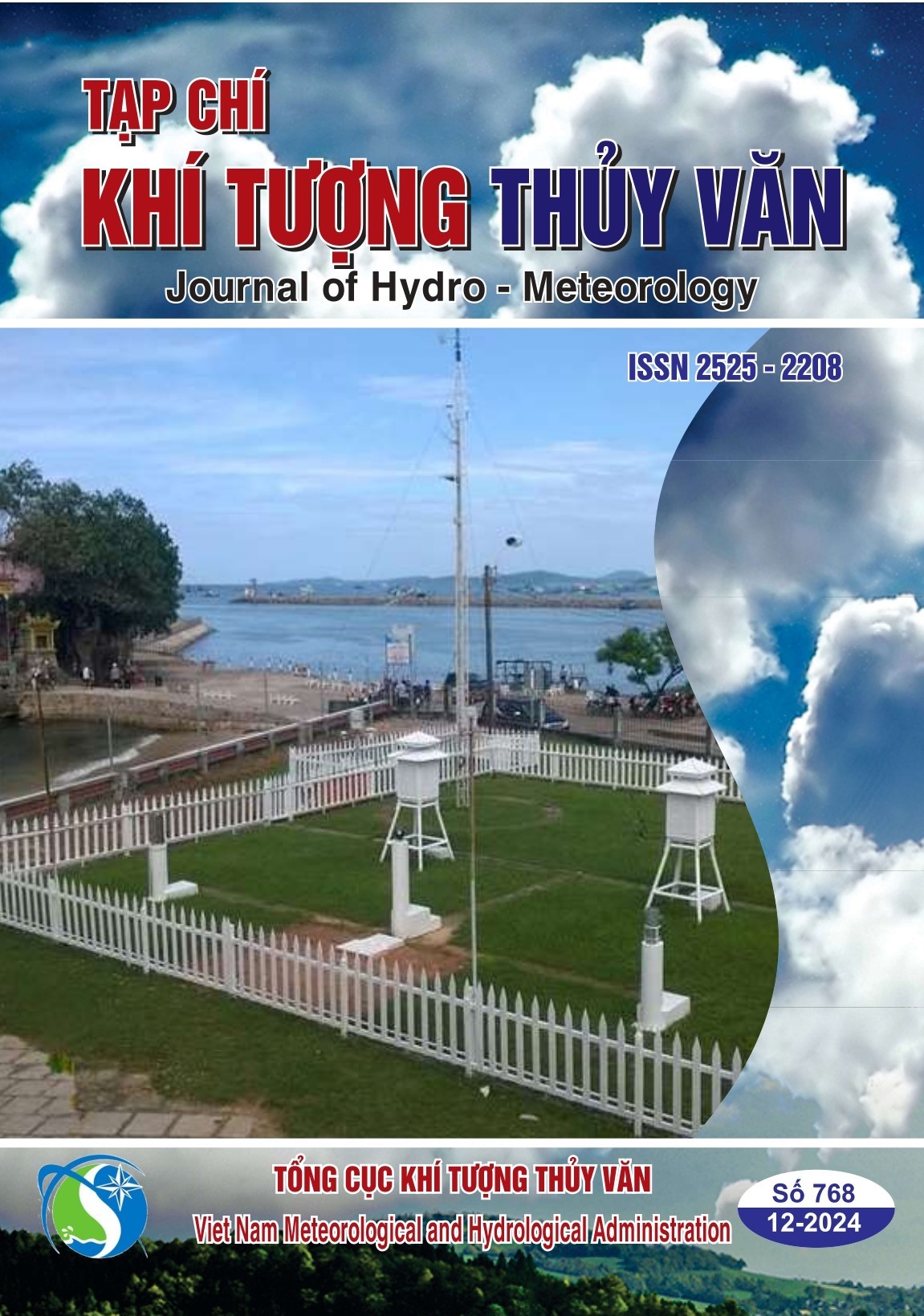
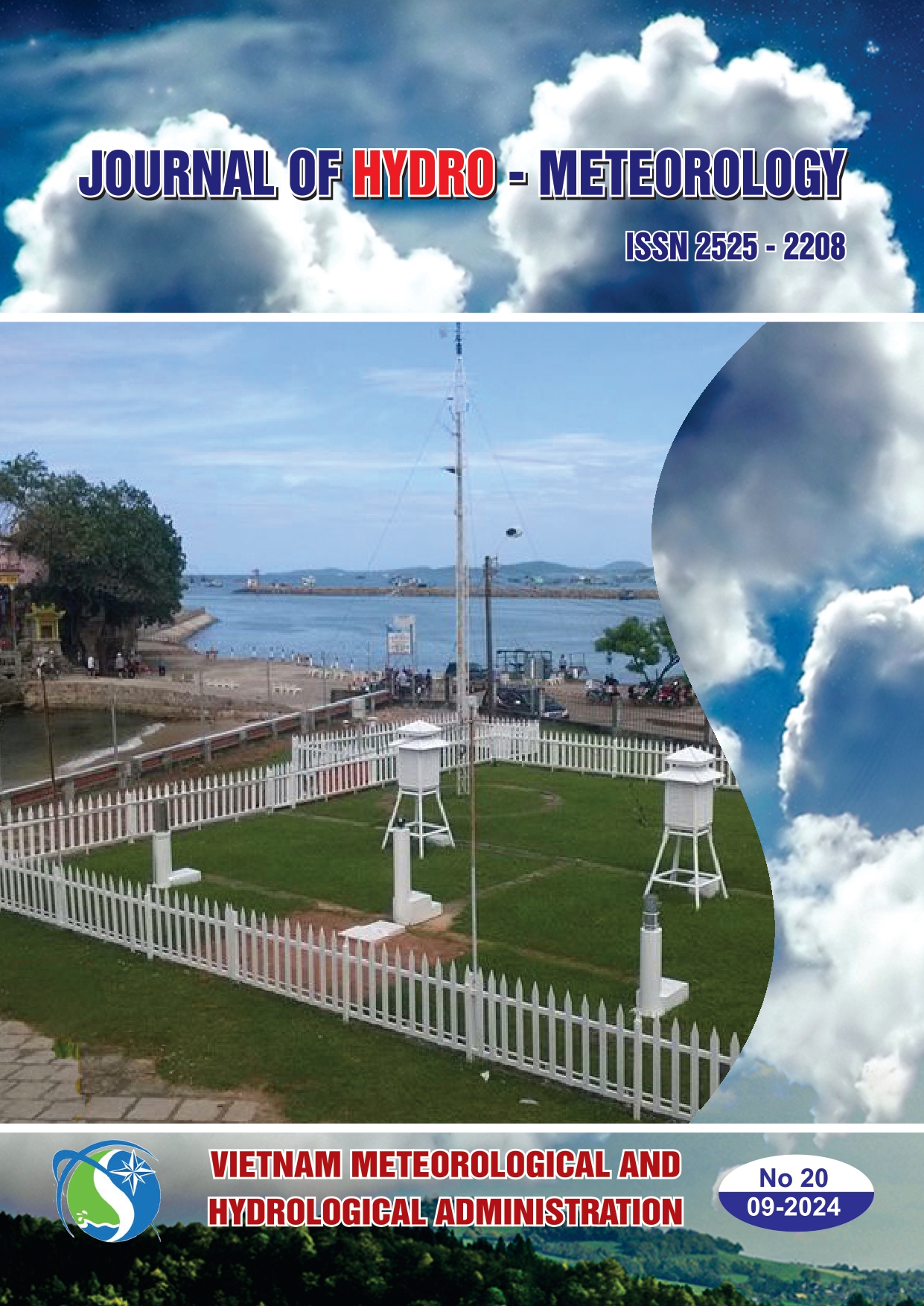
-page-0001.jpg)
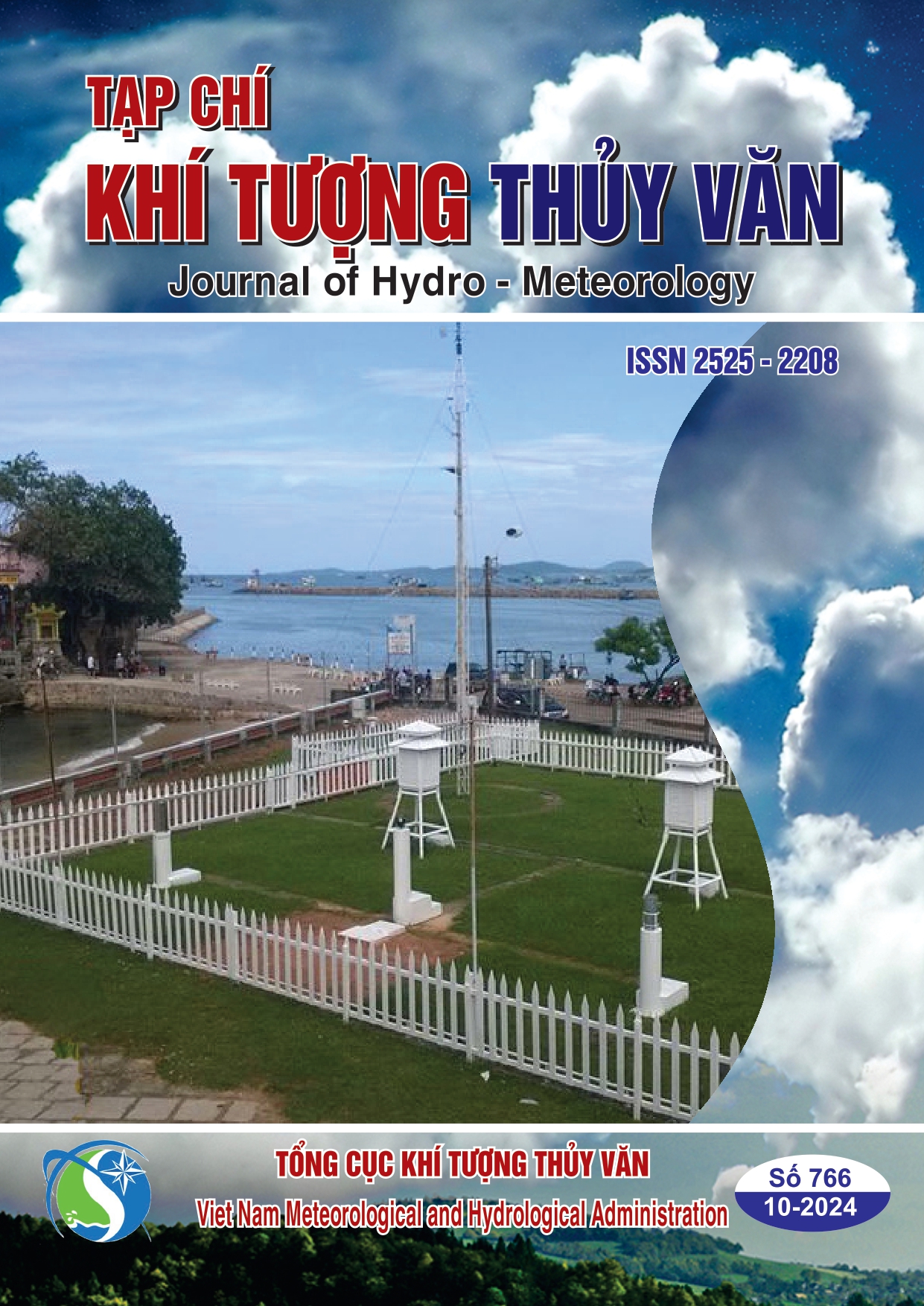
-page-0001.jpg)
-page-0001.jpg)
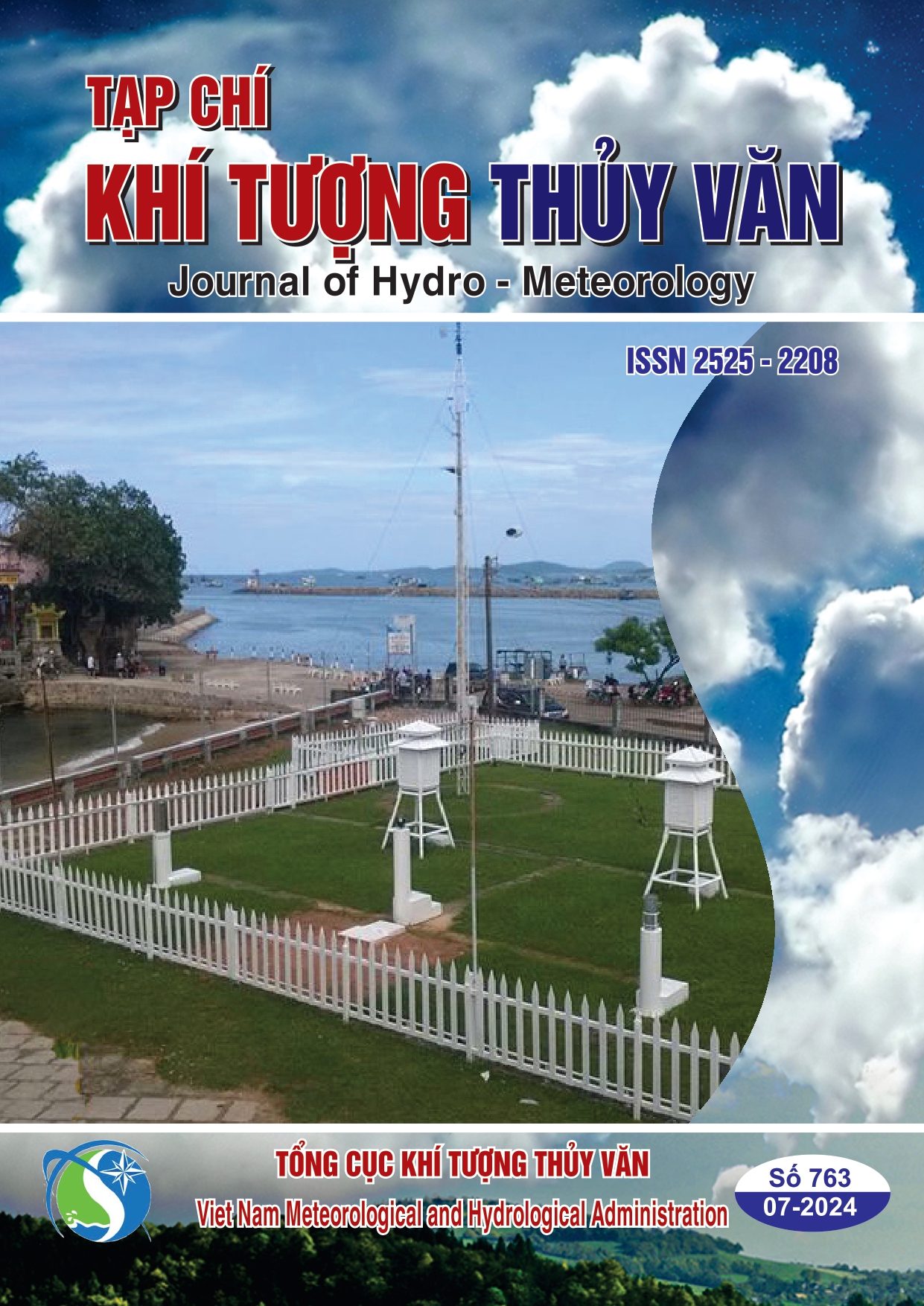
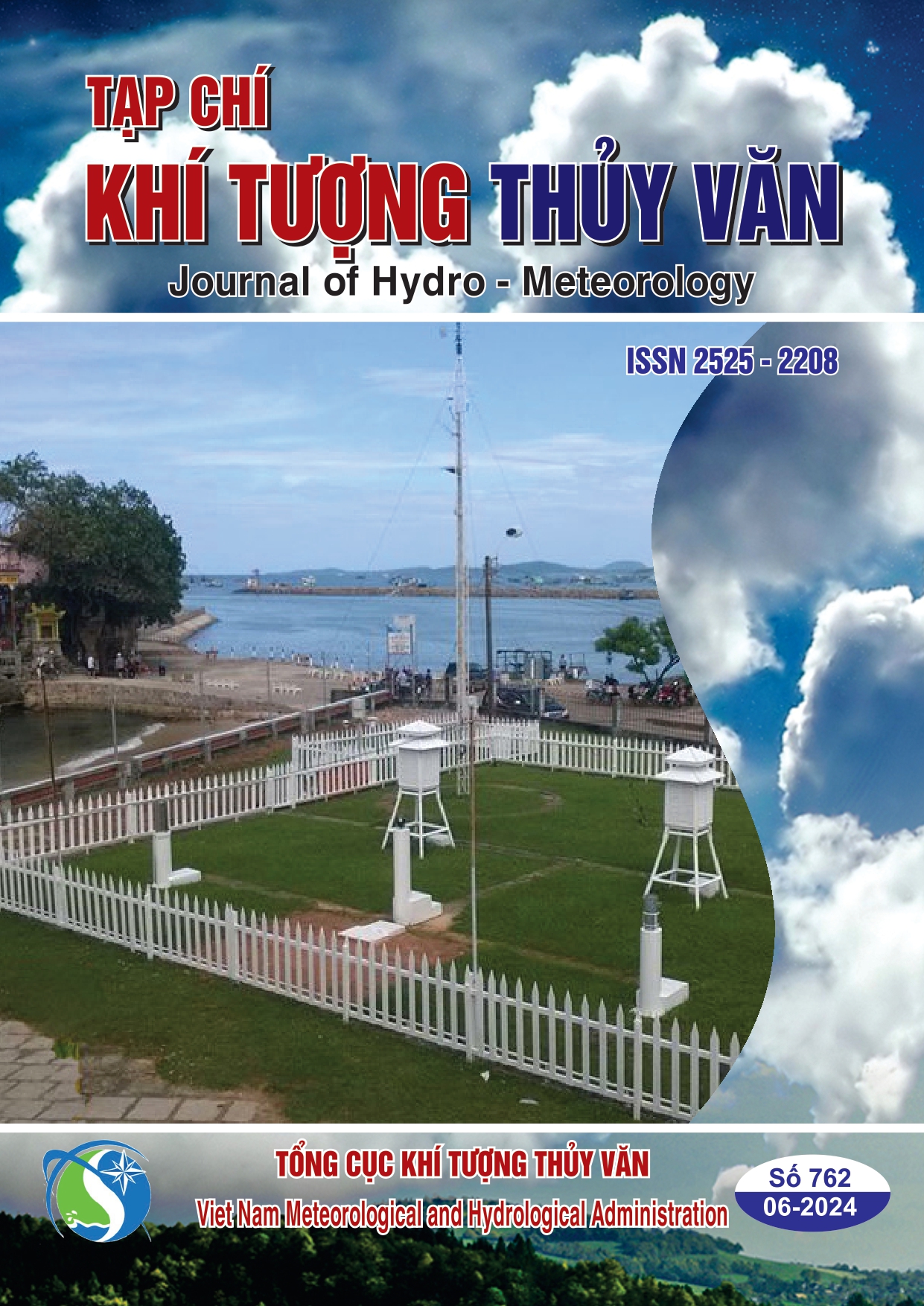
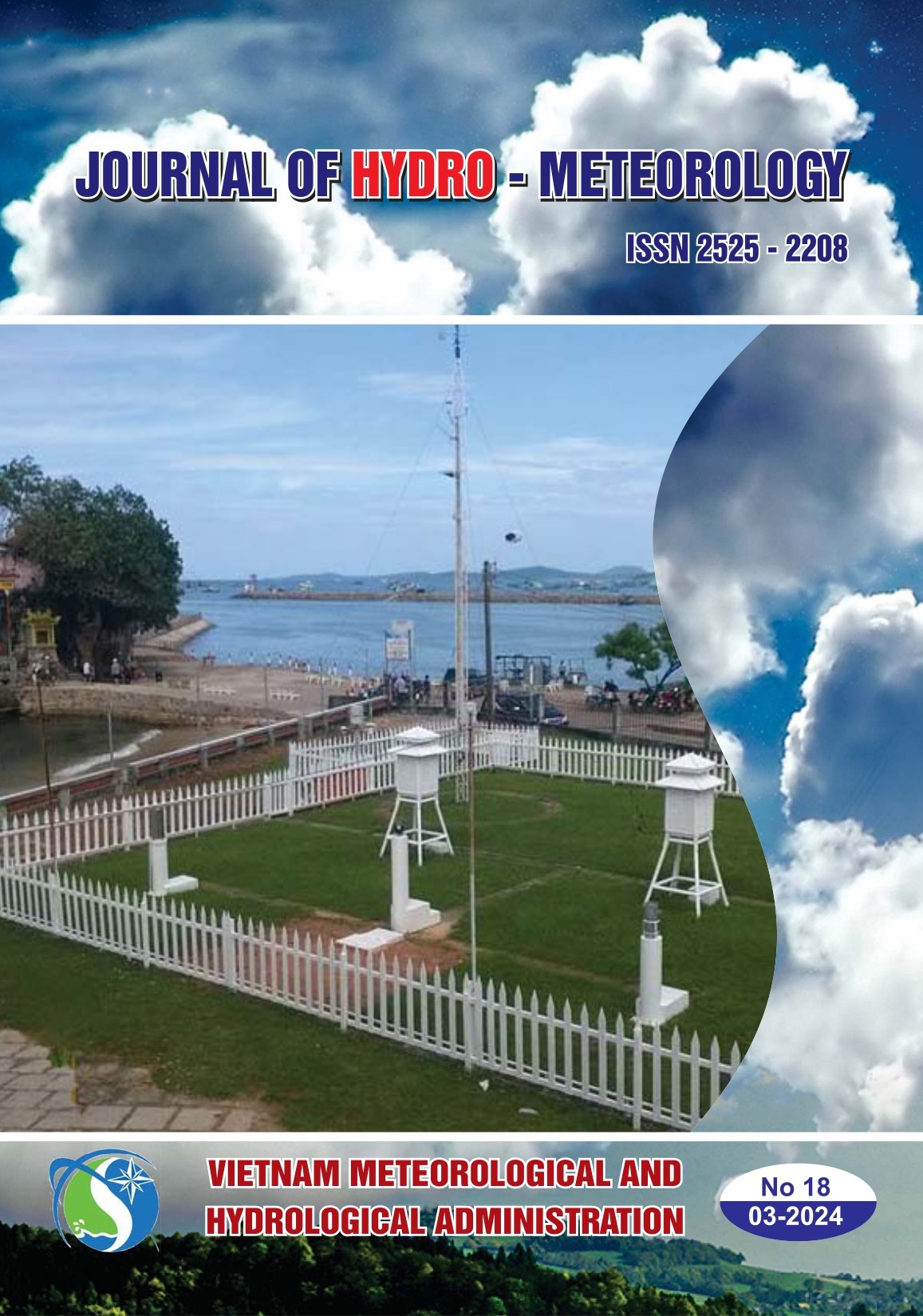
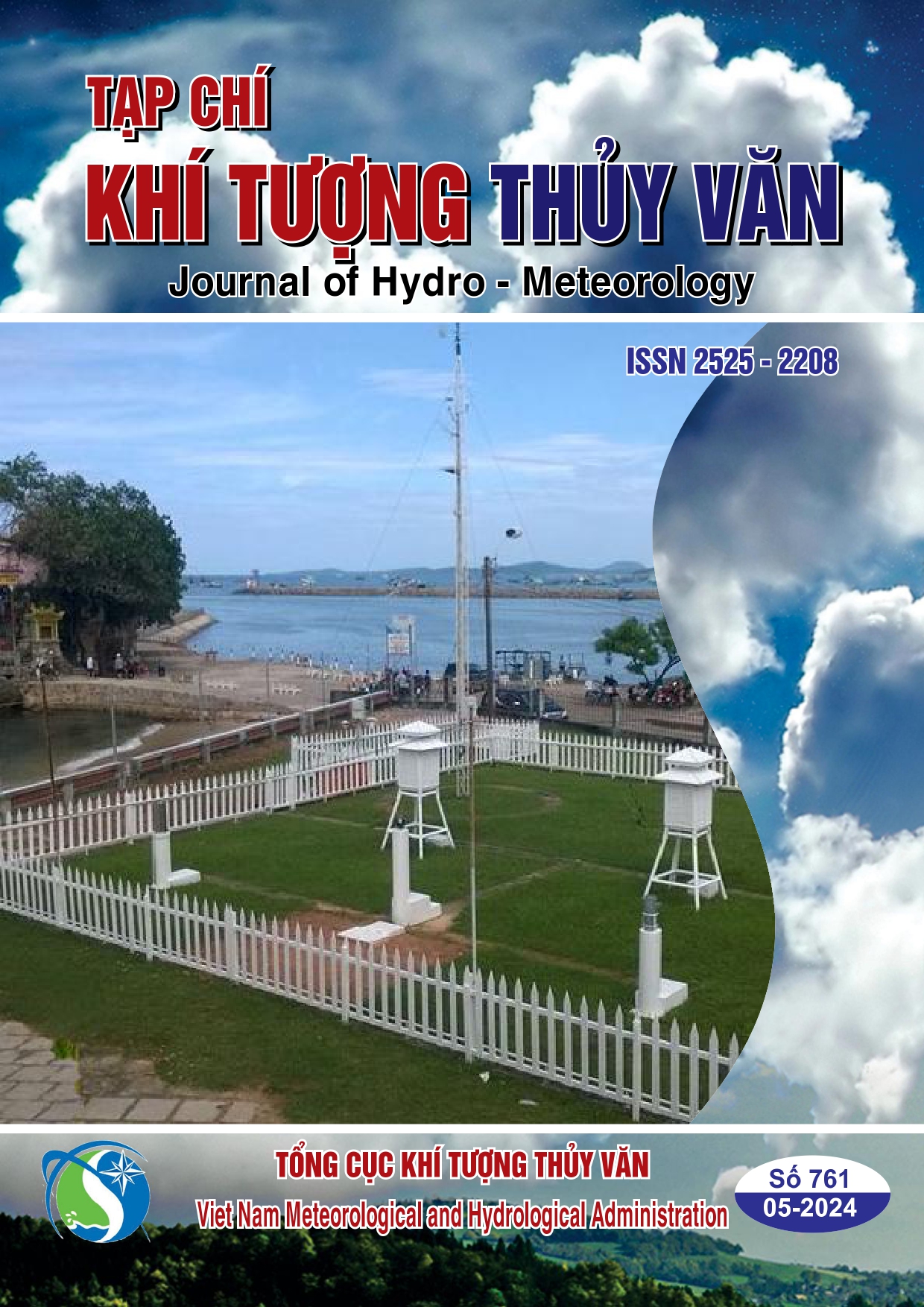

 Sáng ngày 03/02/2025, tại Hà nội, Tổng cục Khí tượng Thủy văn (KTTV) đã có cuộc họp triển khai nhiệm vụ trọng tâm sau Tết Nguyên đán.
Sáng ngày 03/02/2025, tại Hà nội, Tổng cục Khí tượng Thủy văn (KTTV) đã có cuộc họp triển khai nhiệm vụ trọng tâm sau Tết Nguyên đán. 

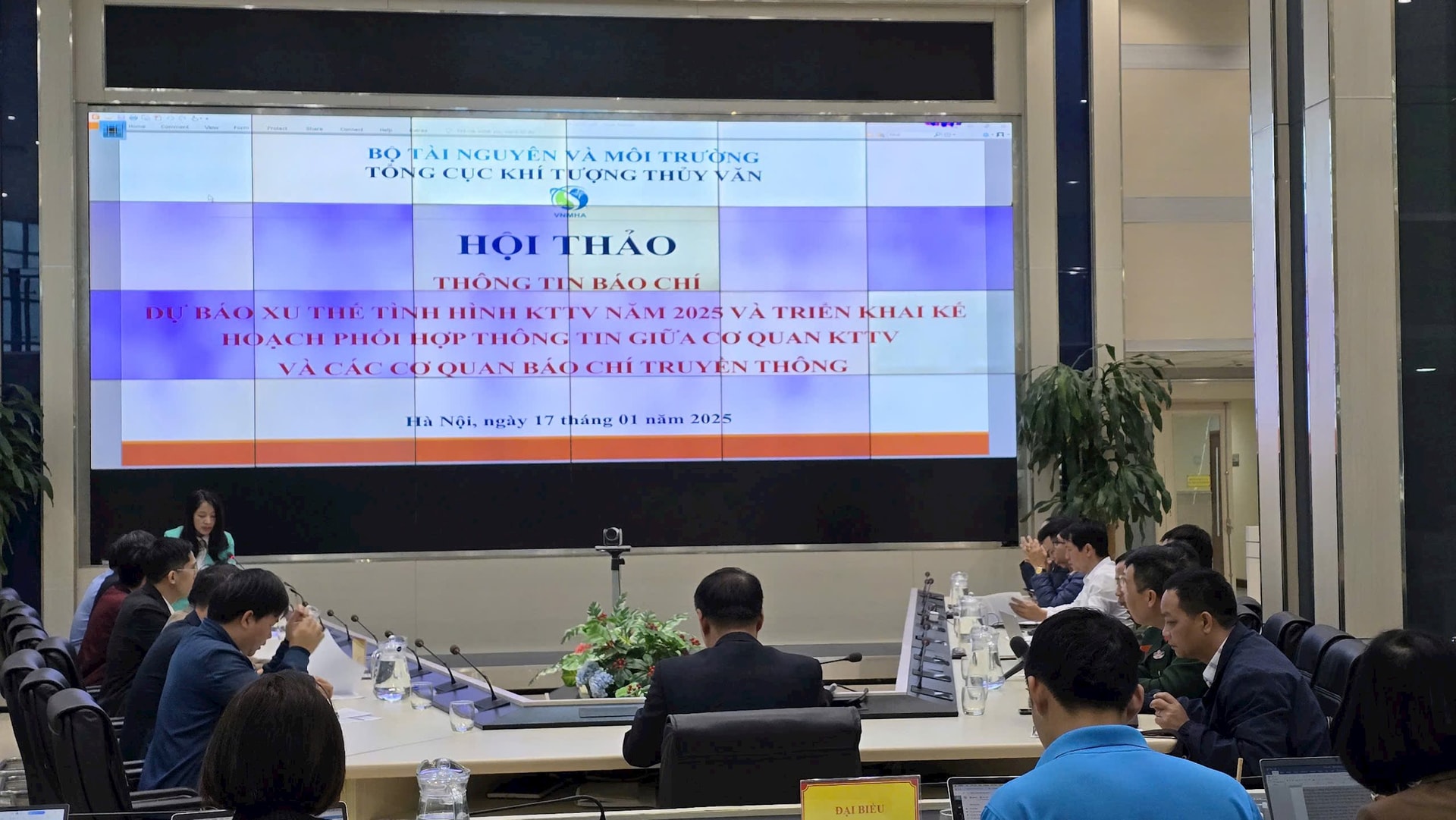
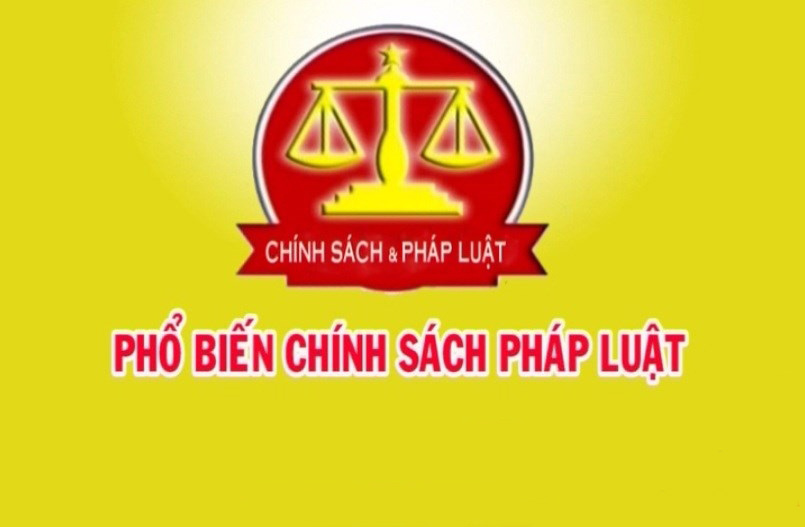
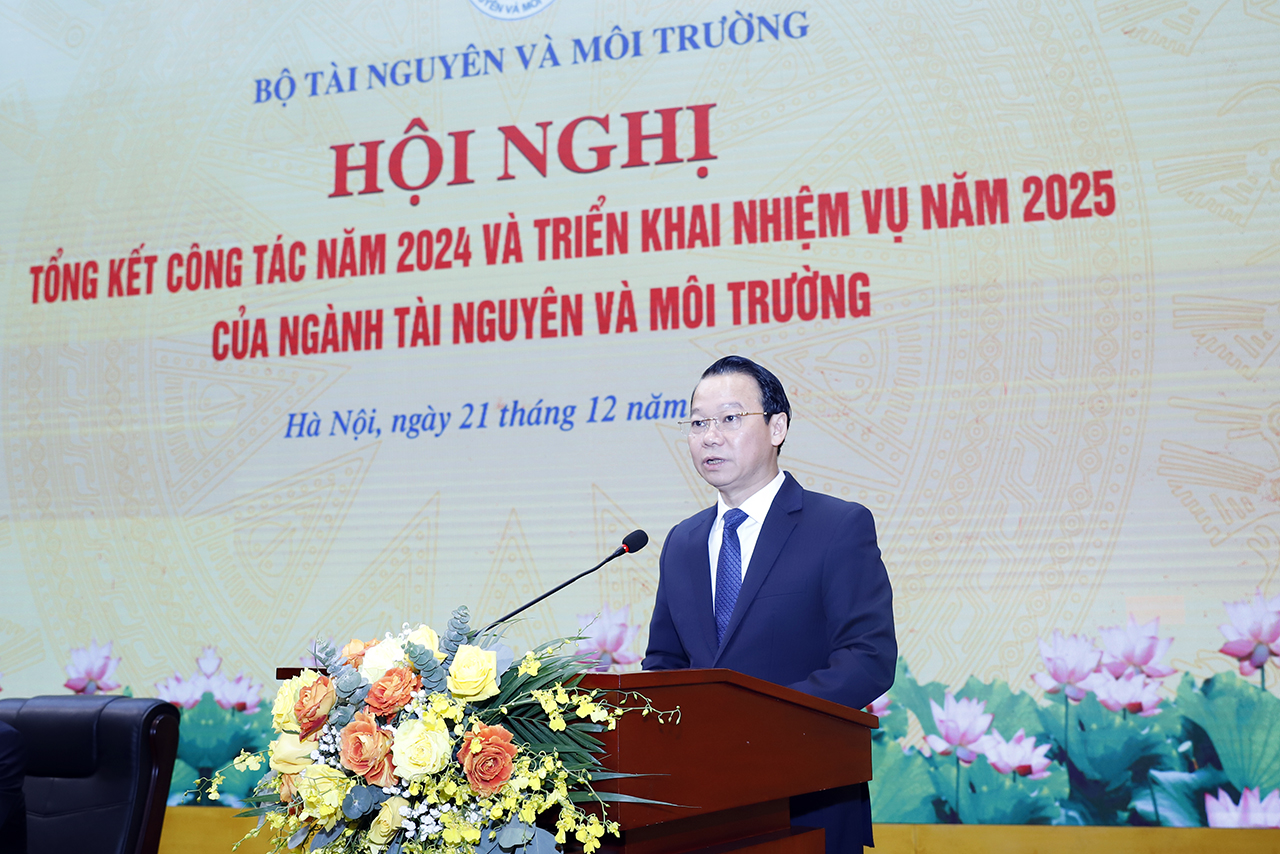
.jpg)
.jpg)